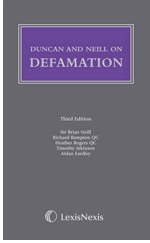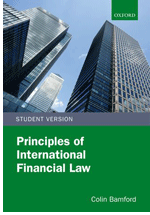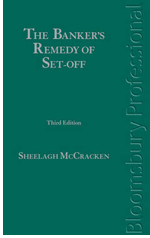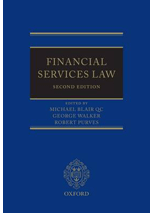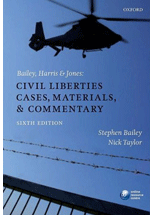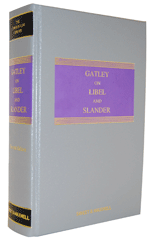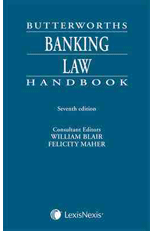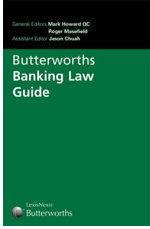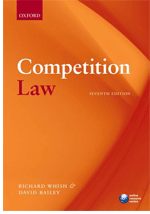
Publisher: Oxford University Press
Edition: 7th Edition (January 2012)
ISBN: 978-0-19-958655-4
Price: £36.99
It has been eight years since we reviewed the fifth edition of what was (at that stage) Professor Whish’s Competition Law. Since that review, there have somewhat surprisingly been only two new editions (this is the seventh edition; coming four years after the sixth) of this popular textbook on competition law. Competition Law also welcomes David Bailey as co-author. This latest edition has been thoroughly revised to take into account the significant amount of case law, legislative developments and (importantly) the Commission’s Guidance on its enforcement principles in applying Article 102. These revisions are impressively interwoven into this well-established and highly respected textbook on competition law while, at the same time, being an impressively clear account of the law in the UK, the EU and internationally.
Competition Law is split into twenty-three chapters: competition policy and economics; overview of EU and UK competition law; article 101(1); article 101(3); article 102; the obligations of Member States under the EU competition rules; articles 101 and 102: public enforcement by the European Commission and national competition authorities under Regulation 1/2003; articles 101 and 102: private enforcement in the courts of Member States; competition Act 1998 – substantive provisions; Competition Act 1998 and the cartel offence: public enforcement and procedure; Enterprise Act 2002: market studies and market investigations; the international dimension of competition law; horizontal agreements (1) – cartels; horizontal agreements (2) – oligopoly, tacit collusion, and collective dominance; horizontal agreements (3) – cooperation agreements; vertical agreements; abuse of dominance (1): non-pricing practices; abuse of dominance (2): pricing practices; the relationship between intellectual property rights and competition law; mergers (1) – introduction; mergers (2) – EU law; mergers (3) – UK law; and particular sectors.
Competition Law continues to provide a highly comprehensive review of both UK and European competition law. It expertly analyses the way in which competition law affects particular commercial phenomena. It also describes the economic context in which competition law operates. These features, which are key to the text’s success, ensure that Competition Law is invaluable to both law and economics students as well as practitioners and officials involved in competition law matters and our relationship with the European Union. Like many texts published by OUP, it also comes with an Online Resource Centre (“ORC”). By the time of this review, there are (unsurprisingly) no updates but it is hoped that some will follow shortly.
For many readers, Whish and Bailey’s Competition Law will continue to be both illuminating and motivating to students, practitioners and law makers. It crucially and importantly reveals some of the intricacies behind the mysteries and misnomers that once shrouded this ever increase and important area of law. What the authors have captured and conveyed over the years, and continue to capture and convey with this latest edition, is the essence of competition law. This makes Competition Law an accessible and invaluable text. If the ORC is regularly updated, it will no doubt continue to be a favourite for many years to come.
Reviewed on 28 December 2012

